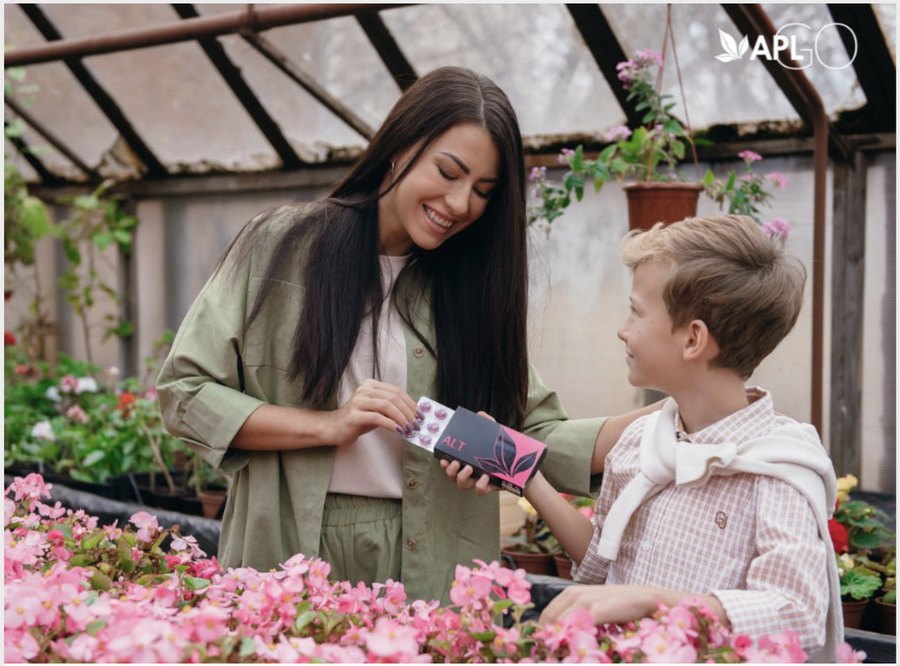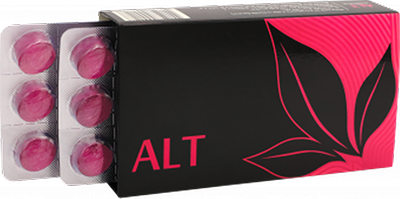
Allergies occur when your immune system reacts to a foreign substance that's usually harmless to most people. These substances are called allergens. When you come into contact with an allergen, your immune system mistakenly identifies it as a threat and produces antibodies to fight it. This reaction can lead to a range of symptoms, from mild to severe.
Common Allergens
Allergens can be found in many everyday things. Some of the most common include:
- Pollen: From trees, grasses, and weeds (seasonal allergies).
- Dust Mites: Tiny insects that live in household dust.
- Pet Dander: Flakes of skin shed by animals like cats, dogs, birds, and rodents.
- Mold Spores: Found in damp environments, both indoors and outdoors.
- Certain Foods: Such as peanuts, tree nuts, milk, eggs, soy, wheat, fish, and shellfish.
- Insect Stings: From bees, wasps, hornets, and fire ants.
- Medications: Like penicillin or sulfa drugs.
- Latex: Found in rubber gloves, balloons, and other products.
Allergy Symptoms
Allergy symptoms vary widely depending on the substance involved and the way it enters your body. They can affect your airways, sinuses and nasal passages, skin, and digestive system. In severe cases, allergies can trigger a life-threatening reaction known as anaphylaxis.
- Hay Fever (Allergic Rhinitis): Sneezing, runny nose, stuffy nose, itchy eyes, nose, or throat, watery eyes.
- Food Allergy: Hives, swelling of the lips, face, tongue, or throat, tingling in the mouth, abdominal pain, diarrhea, nausea, vomiting, dizziness.
- Insect Sting Allergy: Large area of swelling at the sting site, itching or hives all over the body, cough, chest tightness, wheezing, shortness of breath, dizziness, nausea, diarrhea.
- Drug Allergy: Hives, itchy skin, rash, facial swelling, wheezing.
- Skin Allergy (Dermatitis): Itching, redness, flaky or peeling skin, raised bumps or blisters.
Anaphylaxis
Anaphylaxis is a severe, potentially life-threatening allergic reaction. Symptoms can include:
- Difficulty breathing due to swelling of the throat or airways.
- A sudden drop in blood pressure.
- Dizziness or fainting.
- Rapid pulse.
- Skin reactions like hives, itching, or flushed skin.
- Nausea, vomiting, or diarrhea.
Anaphylaxis is a medical emergency and requires immediate treatment, often with an epinephrine auto-injector (EpiPen) and emergency medical attention.
Children and Allergies
Allergies are very common in children, and some types of allergies, particularly food allergies and eczema, often appear in early childhood. While some children may outgrow certain allergies (like milk or egg allergies), others, such as peanut or tree nut allergies, tend to be lifelong.
Recognizing allergy symptoms in children can sometimes be challenging, especially in infants and toddlers who cannot clearly communicate how they feel. Watch for:
- Infants: Vomiting, diarrhea, poor growth, frequent rashes (like eczema), irritability after feeding, or persistent respiratory symptoms.
- Toddlers/Young Children: Repetitive nose rubbing, frequent ear infections, chronic cough, refusing to eat certain foods (which might be a reaction to discomfort), or unexplained stomachaches.
For children with allergies, especially food allergies, it's crucial to have a clear allergy action plan that is shared with all caregivers, including schools, daycares, and family members. This plan should detail what the child is allergic to, what symptoms to watch for, and how to respond in an emergency, including when and how to administer an epinephrine auto-injector if prescribed.
Diagnosis of Allergies
To diagnose an allergy, a doctor will typically:
- Take a detailed medical history: Asking about your symptoms, when they occur, and what seems to trigger them. For children, this involves discussing family history of allergies and dietary habits.
- Perform a physical exam.
- Recommend allergy tests: This may include a skin prick test (where small amounts of suspected allergens are pricked into the skin to check for a reaction) or blood tests (which measure specific allergy-related antibodies). For children, these tests are performed safely and effectively.
Treatment and Management
Managing allergies often involves a combination of strategies:
- Avoidance: The most effective way to prevent allergic reactions is to avoid known allergens. This is particularly important for food allergies in children, requiring careful label reading and awareness in all settings.
- Medications:
- Antihistamines: Reduce sneezing, itching, runny nose, and hives. Dosing for children will be specific to their age and weight.
- Decongestants: Relieve nasal stuffiness (used cautiously in young children).
- Corticosteroid Nasal Sprays: Reduce inflammation in the nasal passages.
- Leukotriene Modifiers: Block chemicals that cause allergy symptoms.
- Epinephrine Autoinjector: For severe reactions (anaphylaxis). Parents and caregivers of children with severe allergies should be trained on how to use this device.
- Immunotherapy (Allergy Shots): A long-term treatment that involves a series of injections of gradually increasing doses of allergens to help your immune system build tolerance. Sublingual immunotherapy (SLIT), where tablets are placed under the tongue, is also available for some allergens. These treatments can be considered for children depending on their age and specific allergy.
- Emergency Plan: For those with severe allergies, especially children, carrying an emergency allergy action plan and an epinephrine auto-injector is crucial.

While allergies can be bothersome, many people manage their symptoms effectively through proper diagnosis, avoidance strategies, and appropriate treatment. If you suspect you or a family member, particularly a child, has an allergy, consulting with a healthcare professional can help you develop a personalized management plan to improve your quality of life.
ADVERTISEMENT

Breathe Easy, Play All Day!
ALT helps you breathe easily so you can have more fun playing! These amazing little drops help your body stay strong against tiny things in the air that can make you sneeze or cough. They give you lots of good stuff like vitamins and minerals to help you feel super energized and healthy, so you can run, jump, and laugh with ease.

Back to Table of Contents